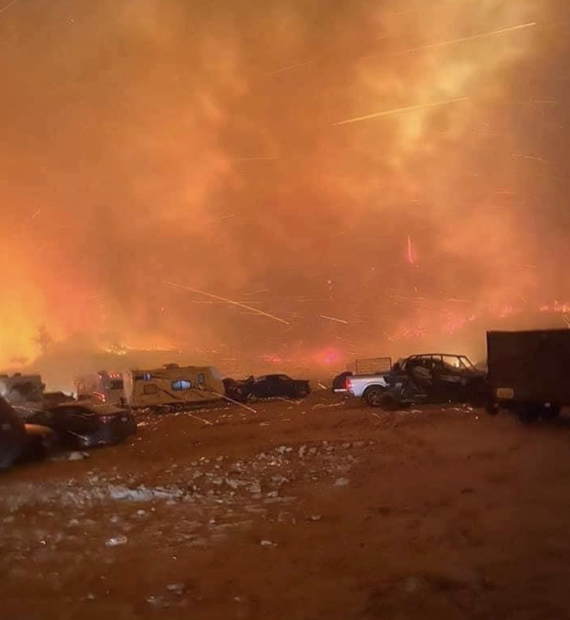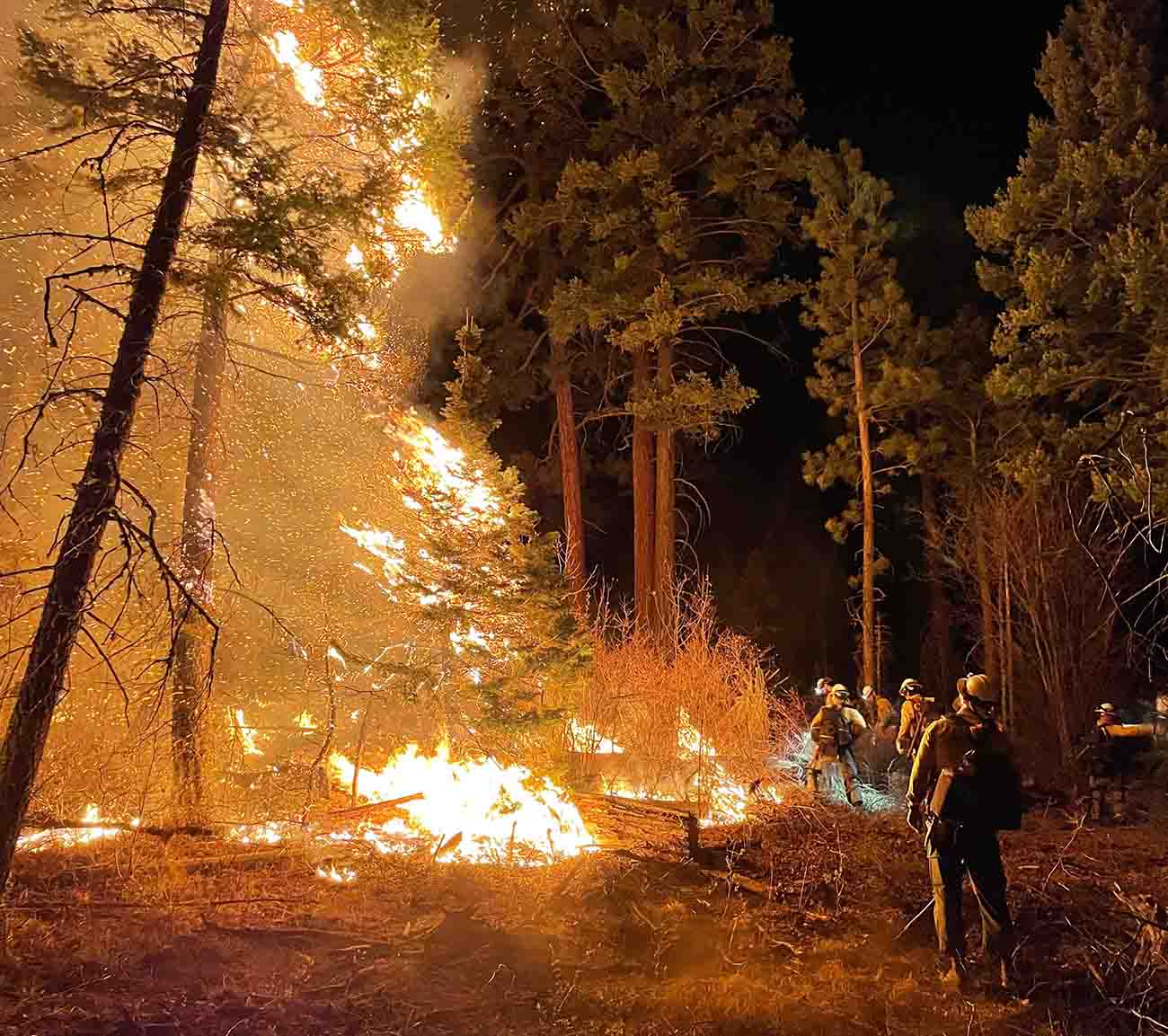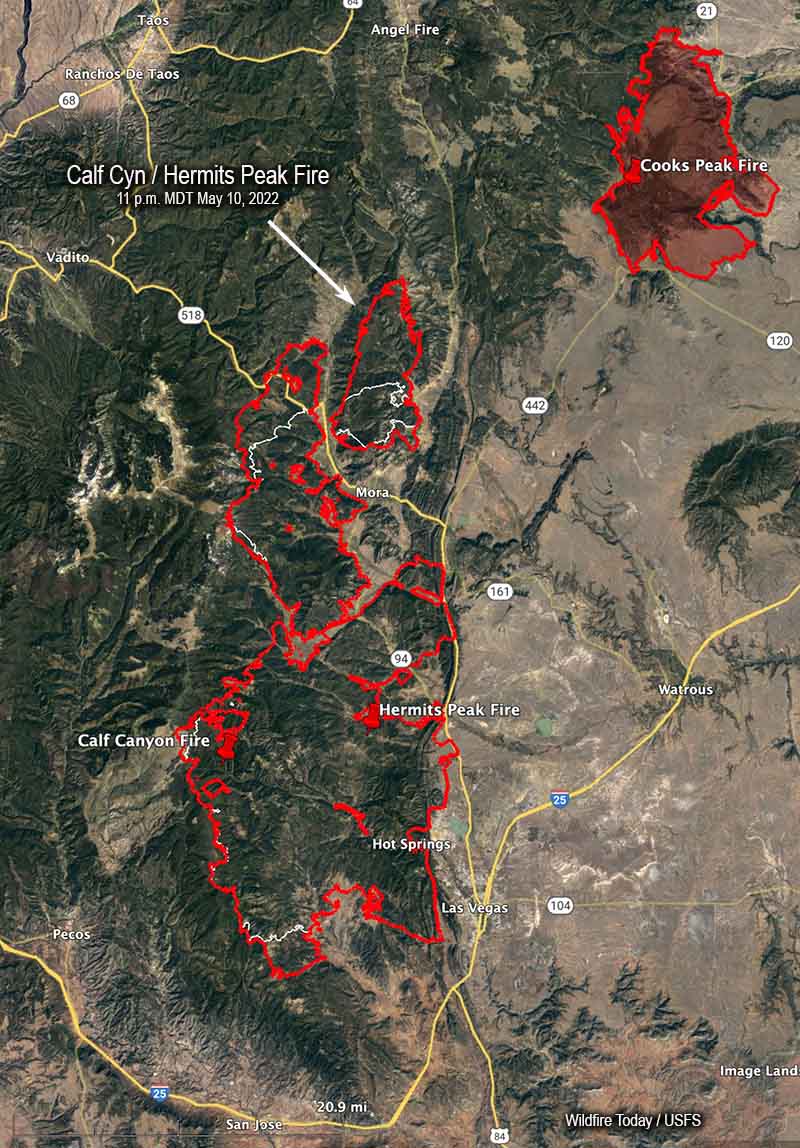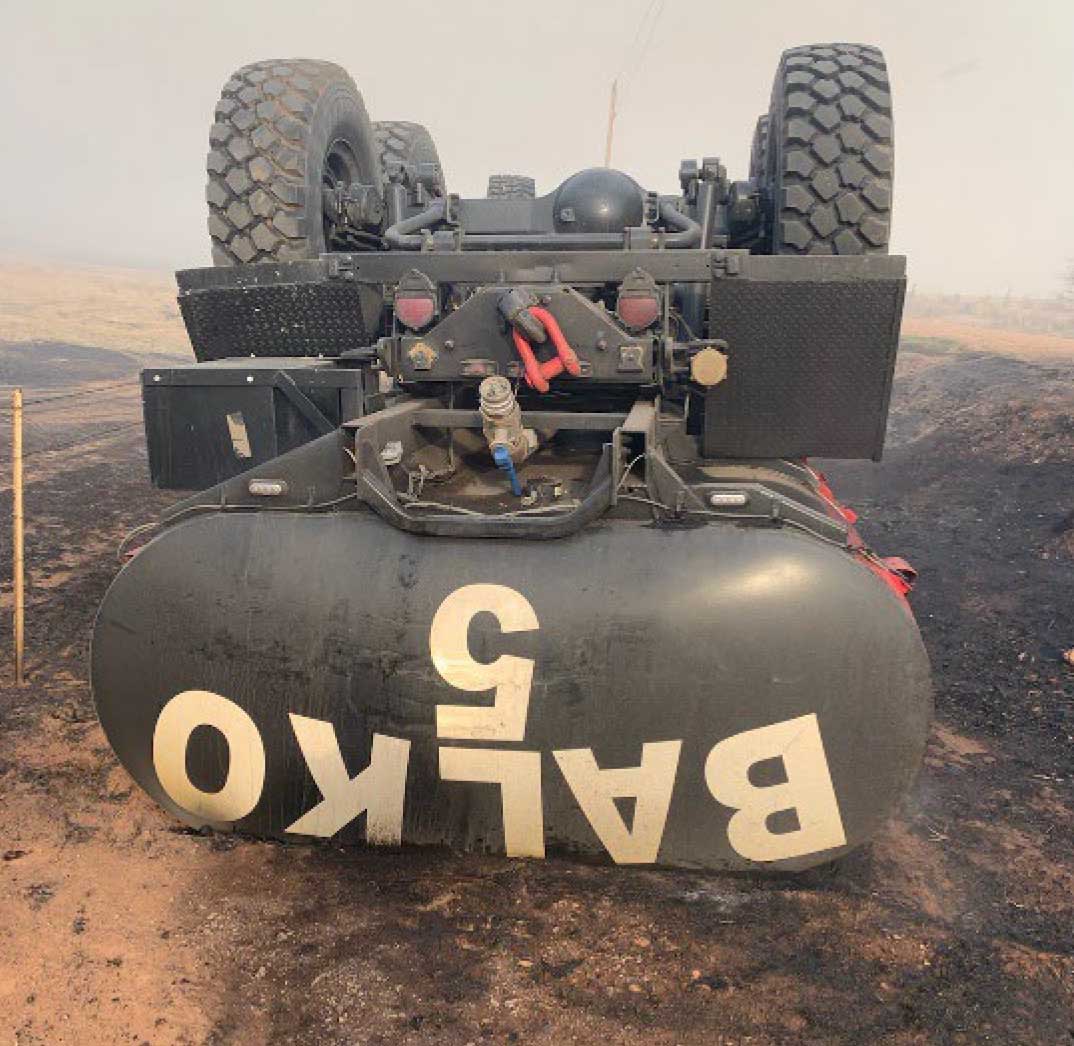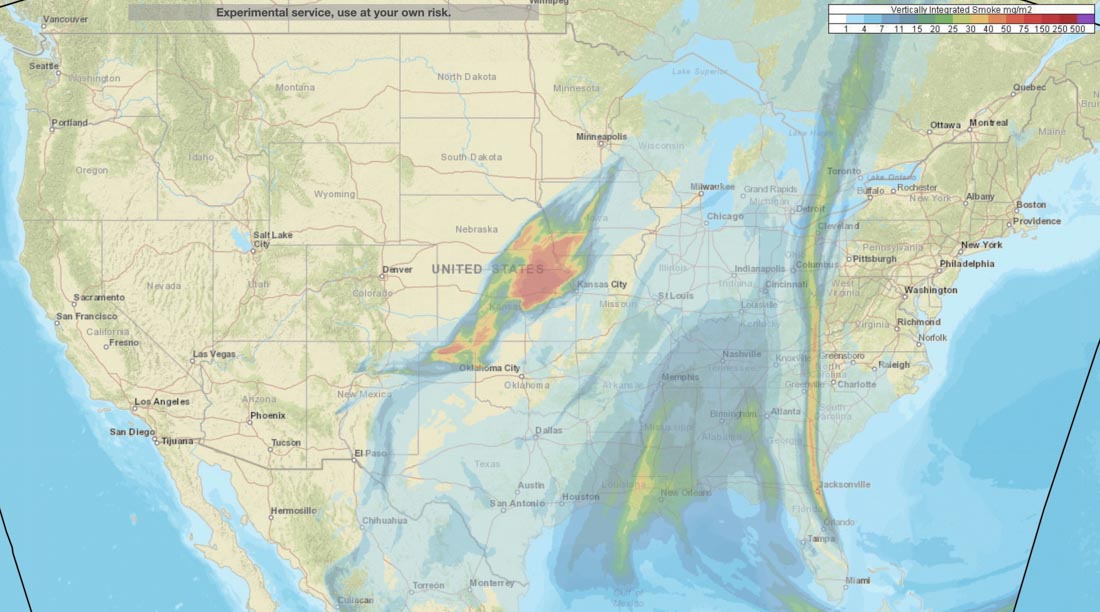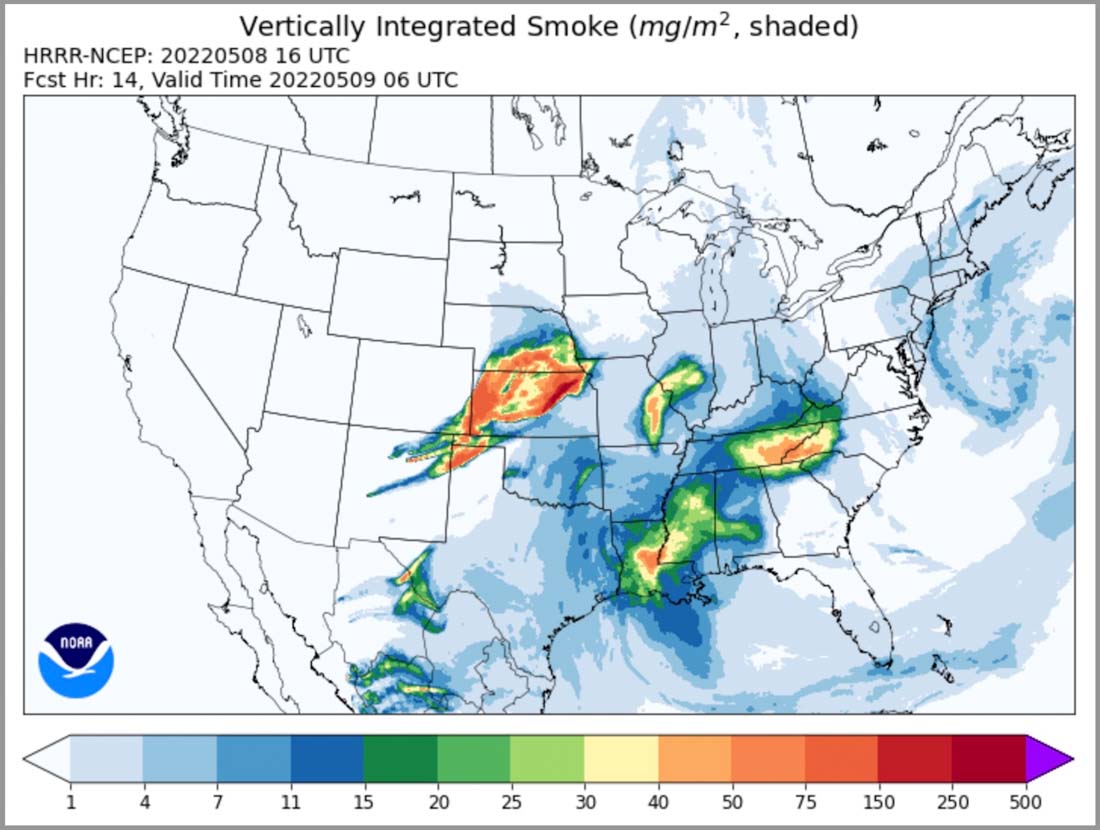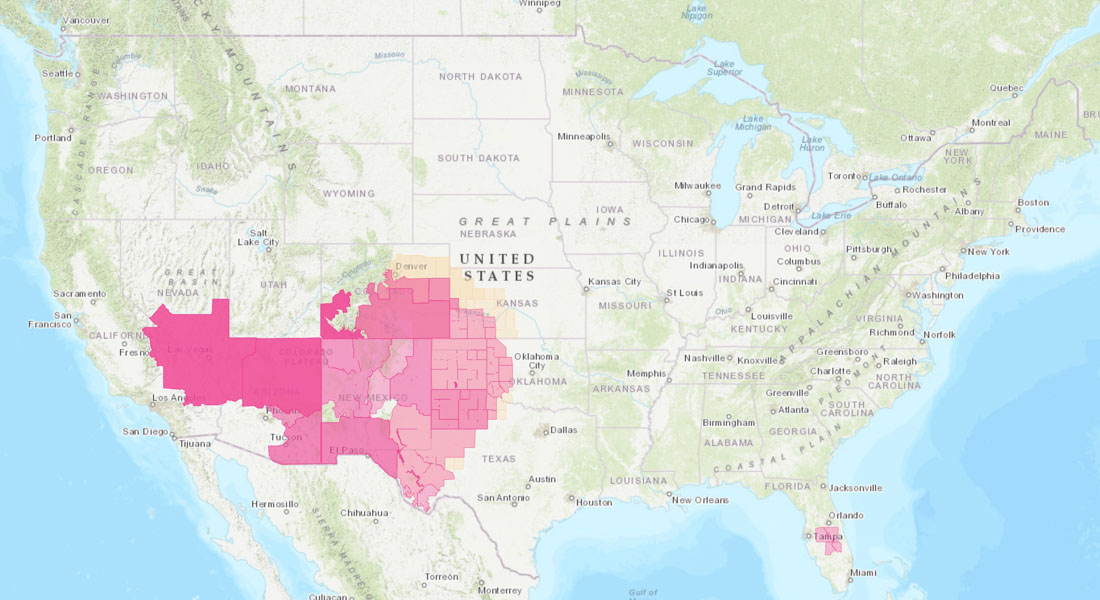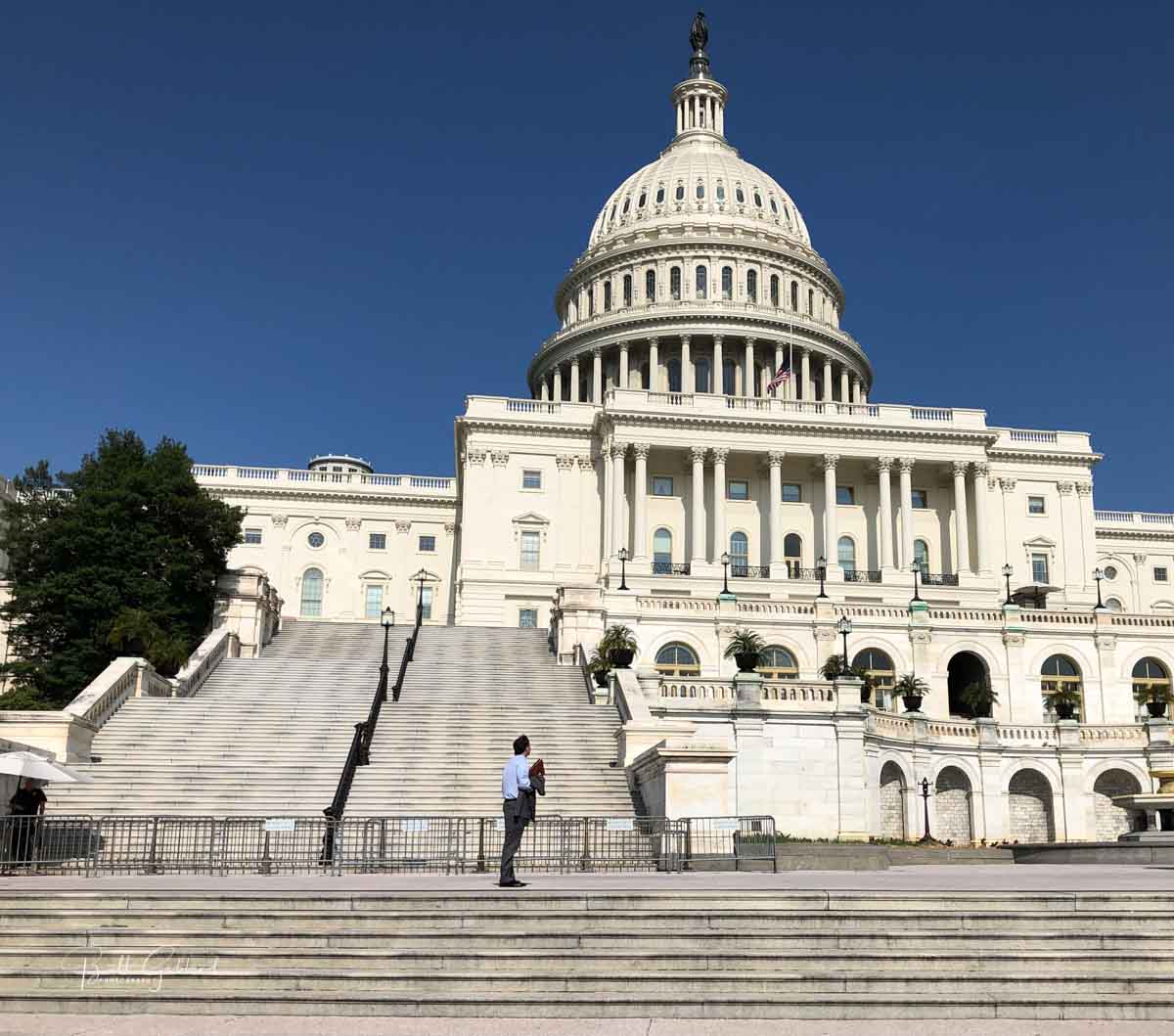
A letter signed by a bipartisan group of 28 lawmakers urged that steps be taken to avert critical staffing shortages in the wildland firefighting workforce. The document was sent May 10 to the Director of the Office of Personnel Management (OPM) and the Secretaries of the Departments of Agriculture and the Interior.
It noted that years of low pay and other issues “have hollowed out the federal wildland firefighting workforce.” Last year 1,858 (40 percent) of the orders for hand crews were unfilled, and 1,853 (29 percent) of orders for engines were unfilled. In addition, the number of cancelled orders were 32 percent of crew orders and 22 percent of engine orders. There can be multiple reasons why orders are cancelled, but they can include the order sat unfilled and the requesting unit gave up, or finally the need no longer existed. The number of orders actually filled in 2021 were 27 percent for crews and 49 percent for engines.
“In one state, the U.S. Forest Service had 60 engines idle because of low staffing in the midst of the largest fire in state history,” the lawmakers wrote. “Such shortages exist throughout the West heading into the 2022 fire season, with officials estimating staffing will be below 75% in some regions. This is an urgent threat to natural resources, public safety, and taxpayer dollars, as the Federal Government pays a premium to contract and borrow firefighting resources from state and local authorities when federal resources are unavailable. ”
The lawmakers urged the OPM to use their authority for establishing special pay rates when staffing problems are caused by significantly higher non-Federal pay rates, remoteness of the location involved, or the undesirability of the working conditions.
One of the provisions in the Infrastructure Investment and Jobs Act passed last year required the two Departments and the OPM to establish a new “wildland firefighter” occupational series. The lawmakers warned yesterday that “a new series that maintains the status quo could lead to a surge in resignations just as fire season begins.”
The letter linked the lack of “portal-to-portal” pay with recruitment and retention difficulties:
“Many state and local firefighters are paid on a “portal-to-portal” basis, meaning 24 hours a day, from the time they are assigned to a wildland fire until the time they return, and are reimbursed on that basis by the federal government. Insisting on scheduling and paying federal wildland firefighters in the same manner as other federal employees, rather than other wildland firefighters, is one way in which arbitrary policies are driving recruitment and retention problems.”
“The Administration must stop attrition and commit to rebuilding the ranks of our firefighting service,” the letter from the 28 Senators and Representatives said. “This starts with increases in pay and benefits. The situation is urgent, and we stand ready to work with you to ensure our federal wildland firefighters are fully supported and compensated.”

